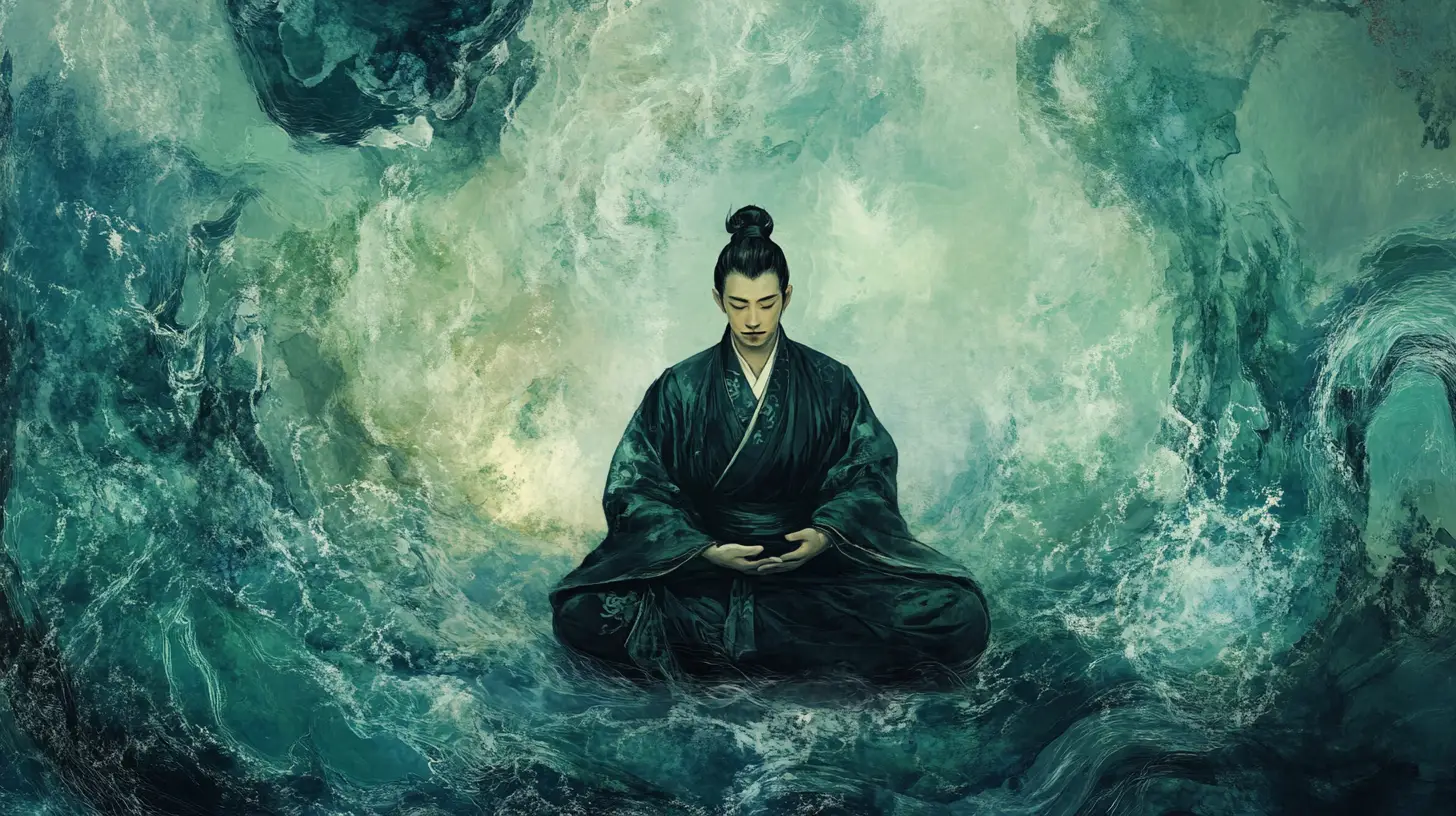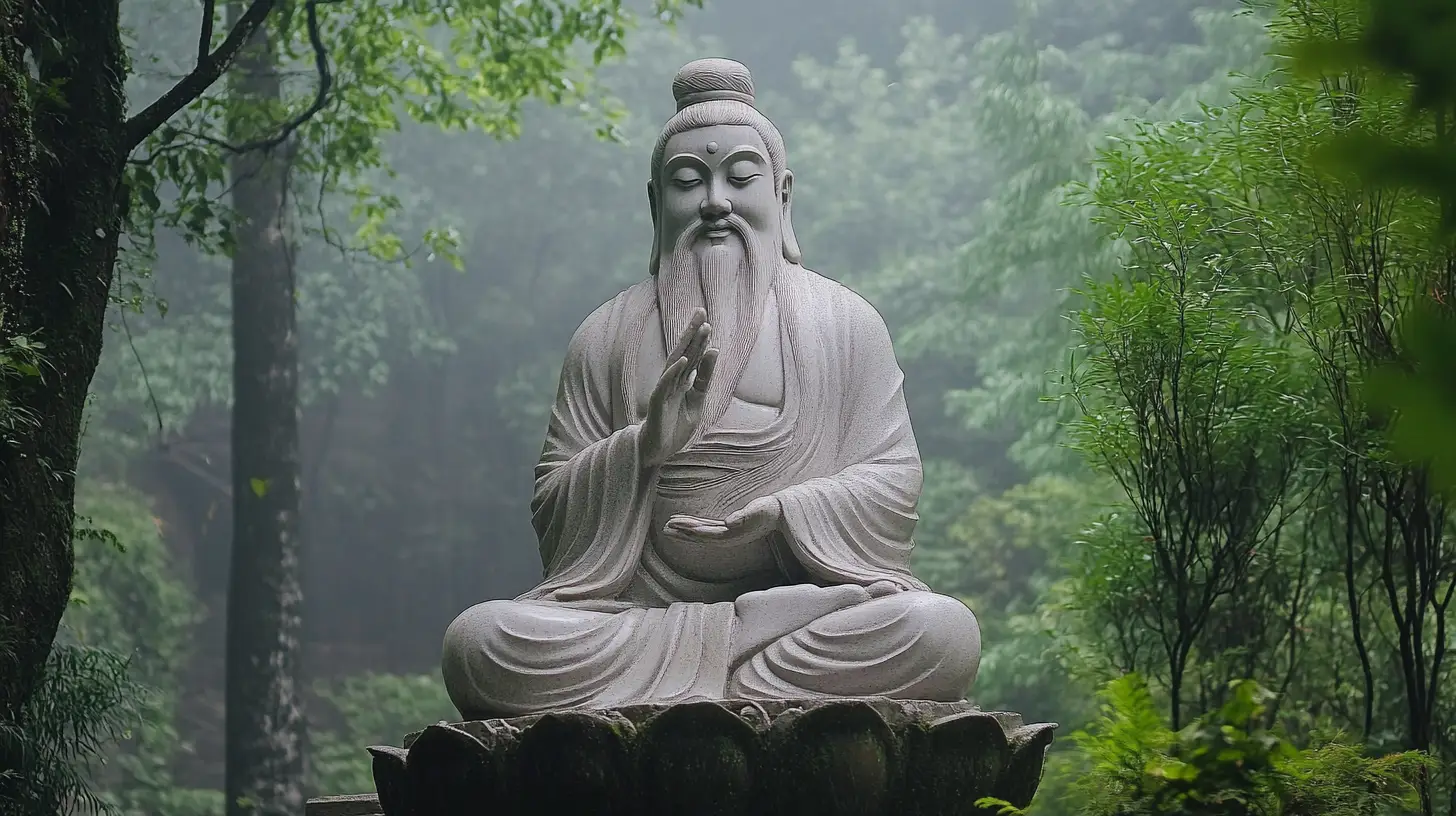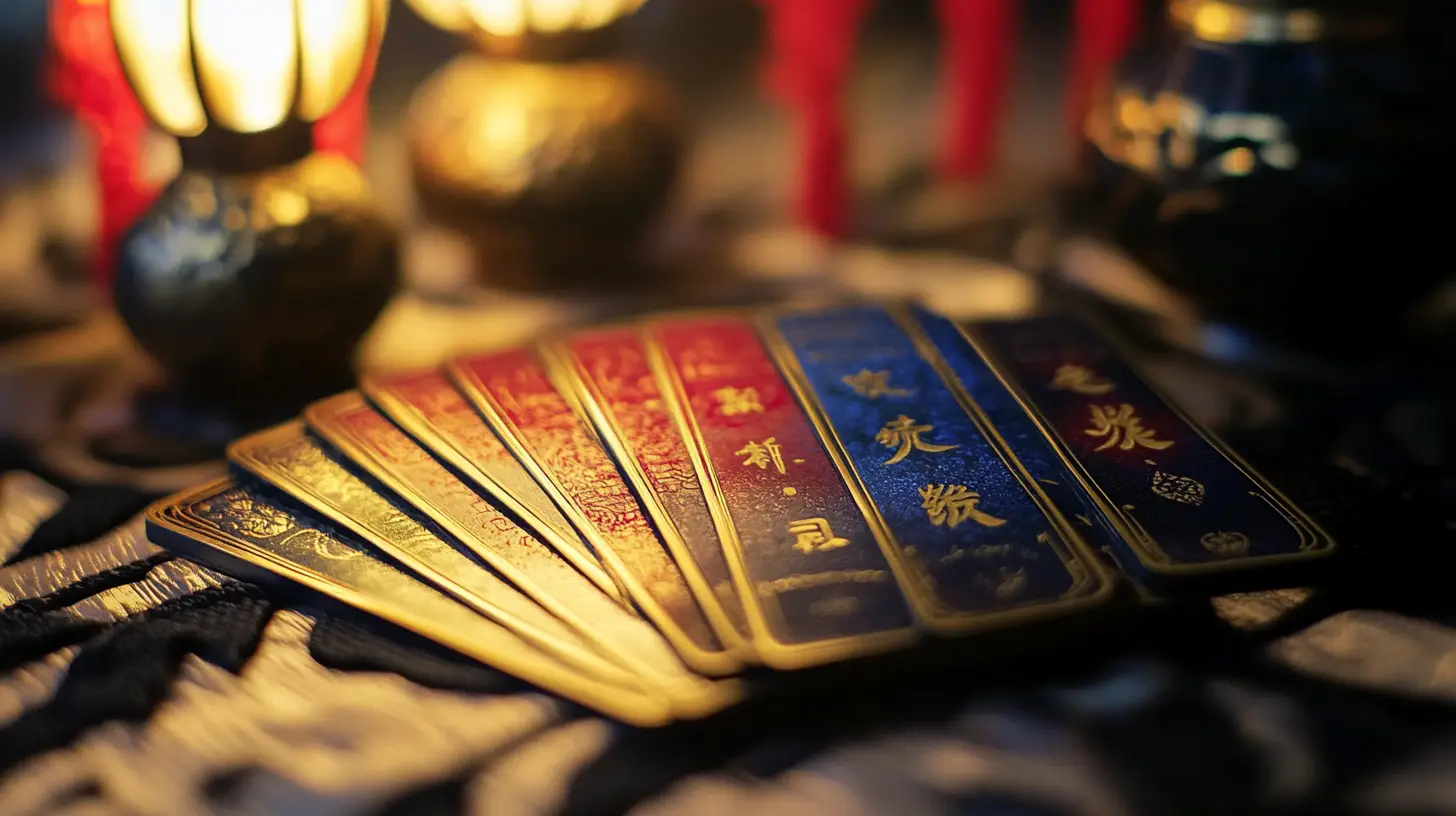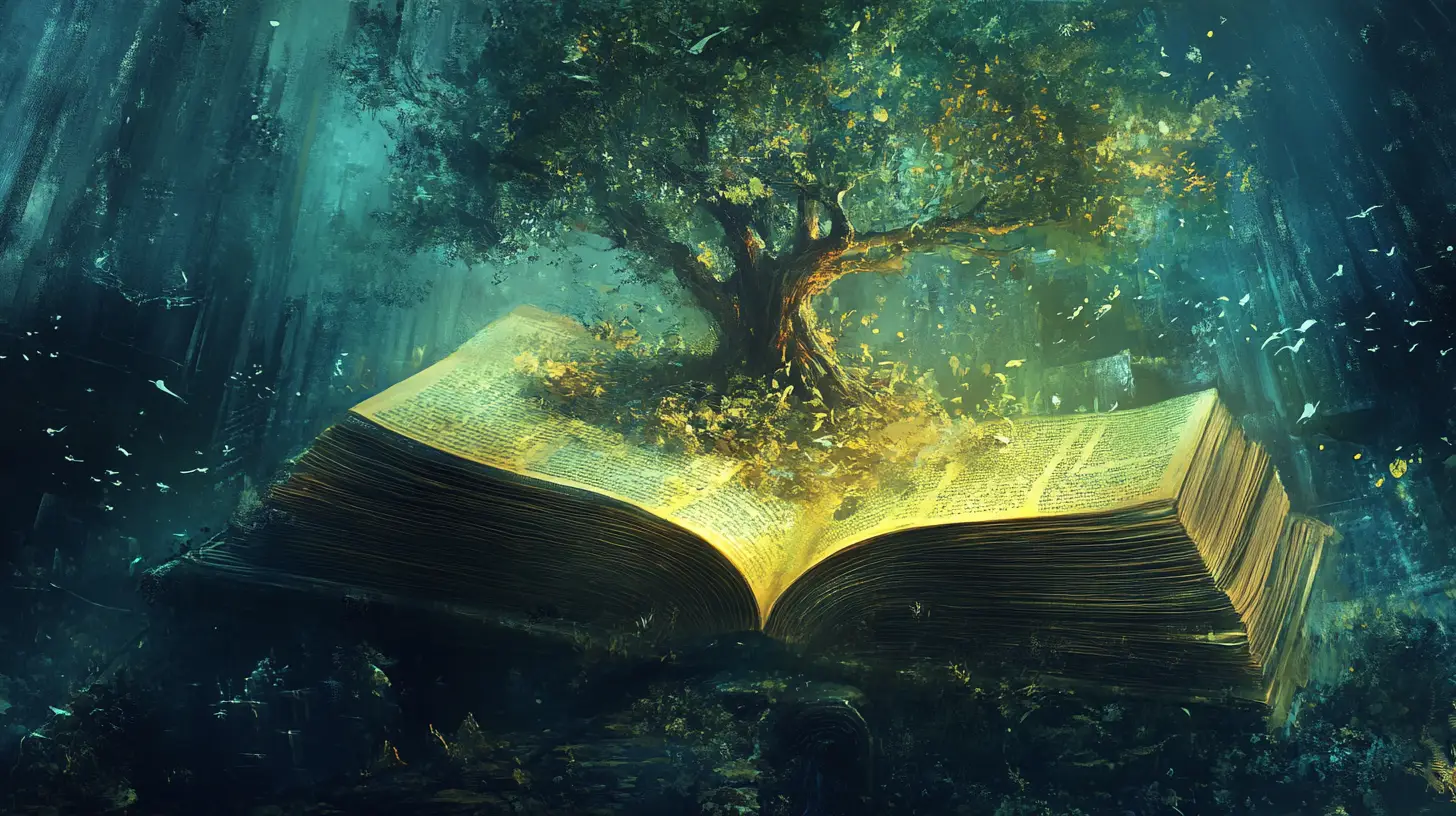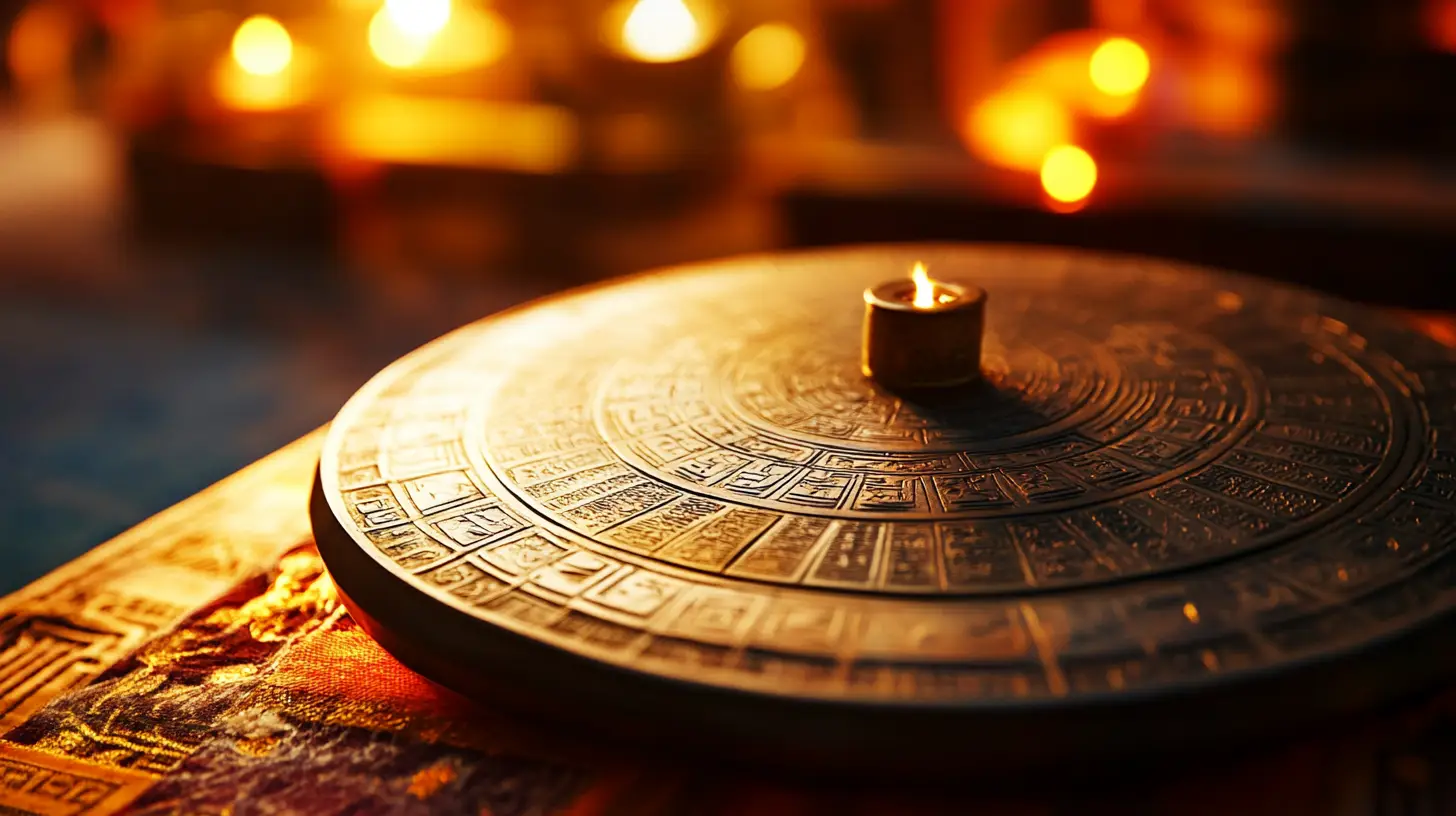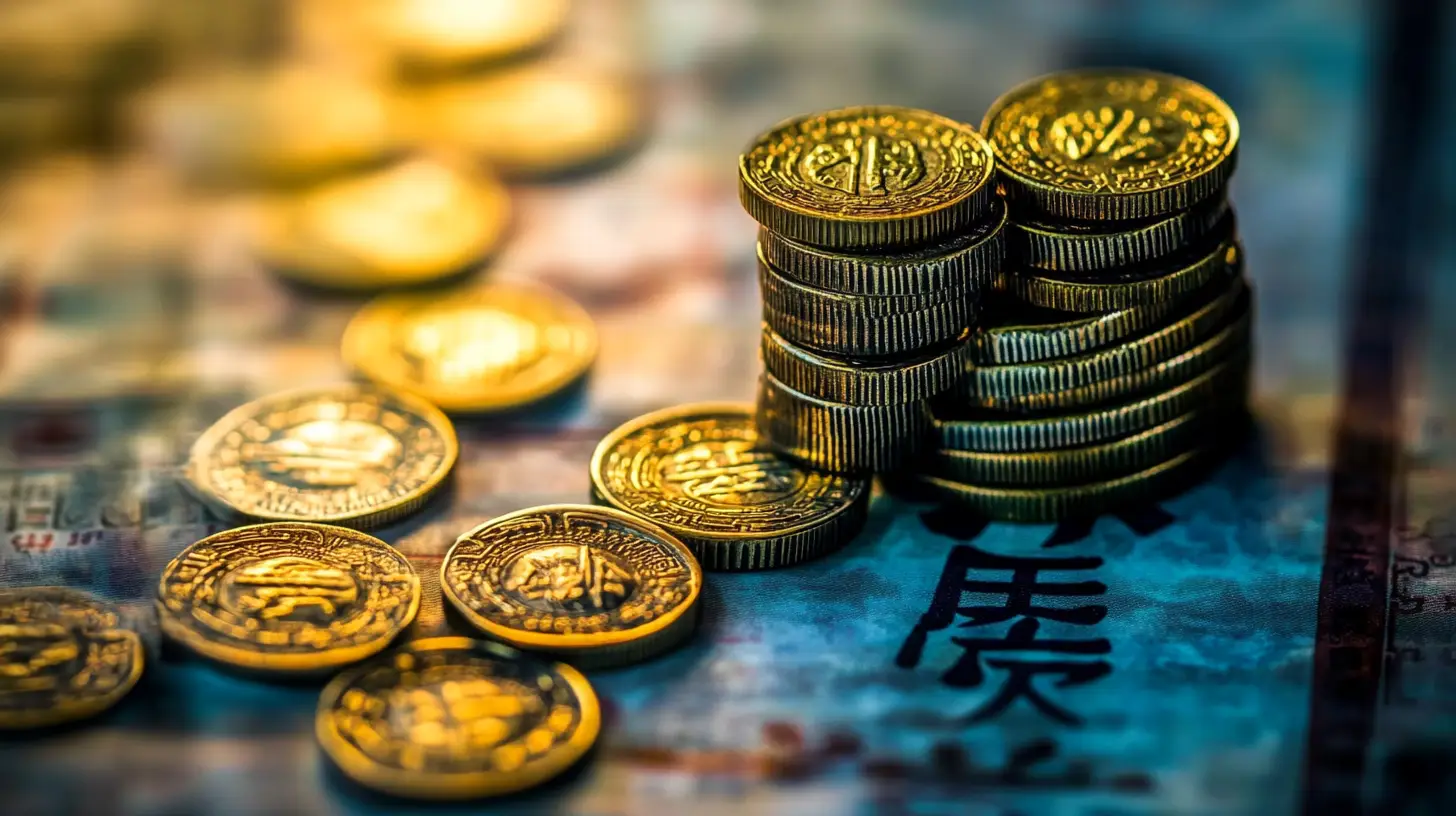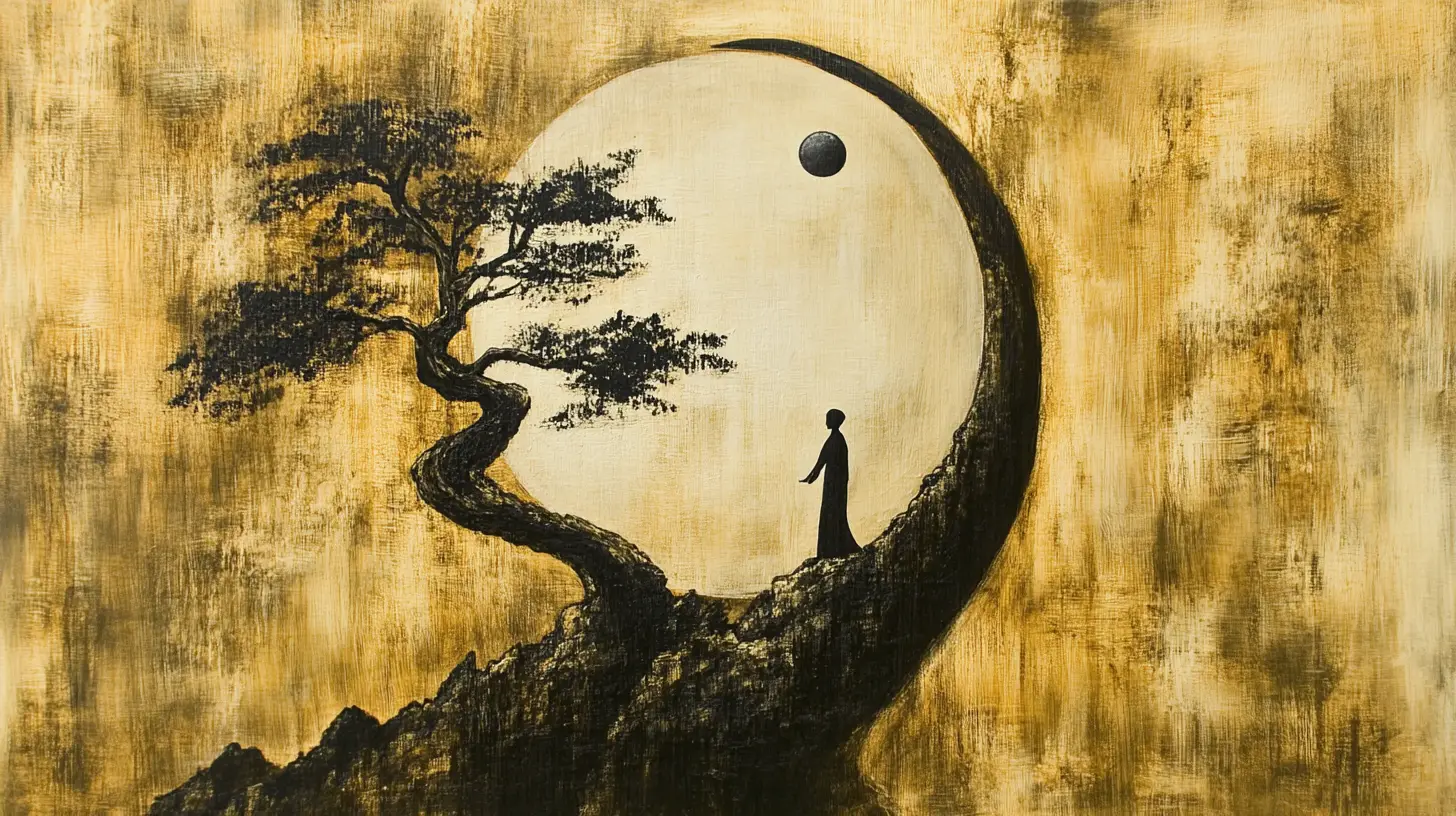Taoism Mindfulness meditation is an ancient practice deeply rooted in Taoism, designed to harmonise the body and mind while cultivating chi. This guide to meditation explores the essence of Taoist meditation, how it differs from other traditions, and how it can be incorporated into daily life. Whether you are seeking stillness, insight, or physical vitality, the wisdom of Taoist masters offers a profound way to connect with the Tao.
Taoist or daoist meditation is a profound practice rooted in the teachings of the Tao Te Ching, offering a path to harmony, balance, and enlightenment. The text was written by Laozi around 400 BCE, presenting the essence of Taoism through poetic verse and philosophical insights. This guide explores how meditation aligns with the Tao, providing practical ways to incorporate its teachings into daily life. Whether you seek spiritual growth, inner peace, or a deeper understanding of existence, the wisdom of the Tao Te Ching offers a timeless framework for self-cultivation.
Taoist meditation is a profound practice rooted in Taoism that seeks to balance the mind and body by harmonising the flow of chi. Unlike other forms of meditation, Taoist meditation integrates breath work, visualisation, and energy cultivation to unify the body and spirit. Whether you are new to meditation or looking to deepen your practice, understanding Taoist meditation techniques can help unlock a deeper state of stillness and vitality.
The I Ching, or Book of Changes, has long been revered as a profound oracle offering insight, wisdom, and clarity into life’s challenges. Whether you are facing a difficult decision or seeking spiritual guidance, a free I Ching reading provides a pathway to understanding. With the advent of digital tools, online clarity through an I Ching reading is more accessible than ever.
The Ching Oracle Deck is a beautifully illustrated tool for divination, blending the wisdom of the I-Ching with modern interpretations. Rooted in the Book of Changes, this oracle deck offers a structured way to explore life’s transitions, using the 64 hexagrams as a guide. Whether you are new to Ching divination or an experienced practitioner, this deck presents the I-Ching in a contemporary and accessible format.
The I Ching, also known as the Book of Changes, is one of the most profound texts in Chinese philosophy. Used for centuries as a divination tool and a source of wisdom, it remains relevant today for those seeking clarity and guidance. The I-Ching is composed of 64 hexagrams, each representing a unique perspective on the dynamic nature of life.
The I Ching, also known as the Book of Changes, is one of the oldest books in the world and has been used for thousands of years as a powerful tool for divination. Rooted in Chinese philosophy, the I Ching offers profound wisdom about life, change, and the natural cycles that govern existence. But can the I Ching predict the future? While it doesn’t provide direct answers given in the way that fortune-telling or astrology might, it helps seekers navigate their probable future by offering guidance through hexagrams and moving lines.
What if the ancient wisdom of the I Ching could guide you not only in life’s spiritual questions but also in achieving personal and professional flow? If you’ve explored Wealth Dynamics and discovered your Genius type—Creator, Dynamo Genius, or otherwise—you may not realise that this revolutionary framework is deeply rooted in the ancient Chinese text, the I Ching.
The I Ching, often referred to as the Book of Changes, is more than just an ancient text—it’s a profound tool for self-reflection and personal growth. Its purpose is not to provide static answers but to present metaphors that spark reflection, insight, and purposeful action. Unlike other resources, the I Ching evolves with you, offering fresh perspectives as your circumstances and understanding shift over time.


